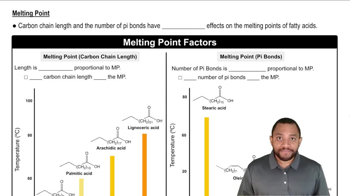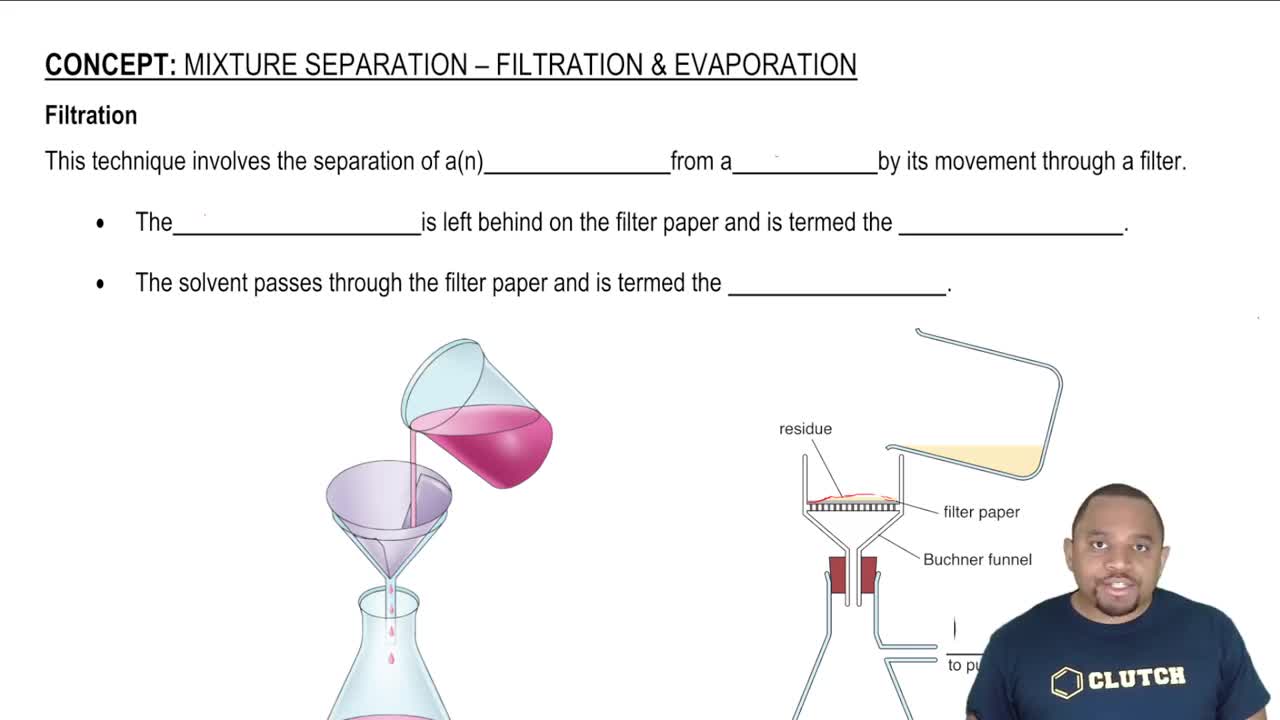Multiple Choice
Which of the following represents a reversible change?
 Verified step by step guidance
Verified step by step guidance Verified video answer for a similar problem:
Verified video answer for a similar problem:



 1:41m
1:41mMaster Physical and Chemical Changes with a bite sized video explanation from Jules
Start learning